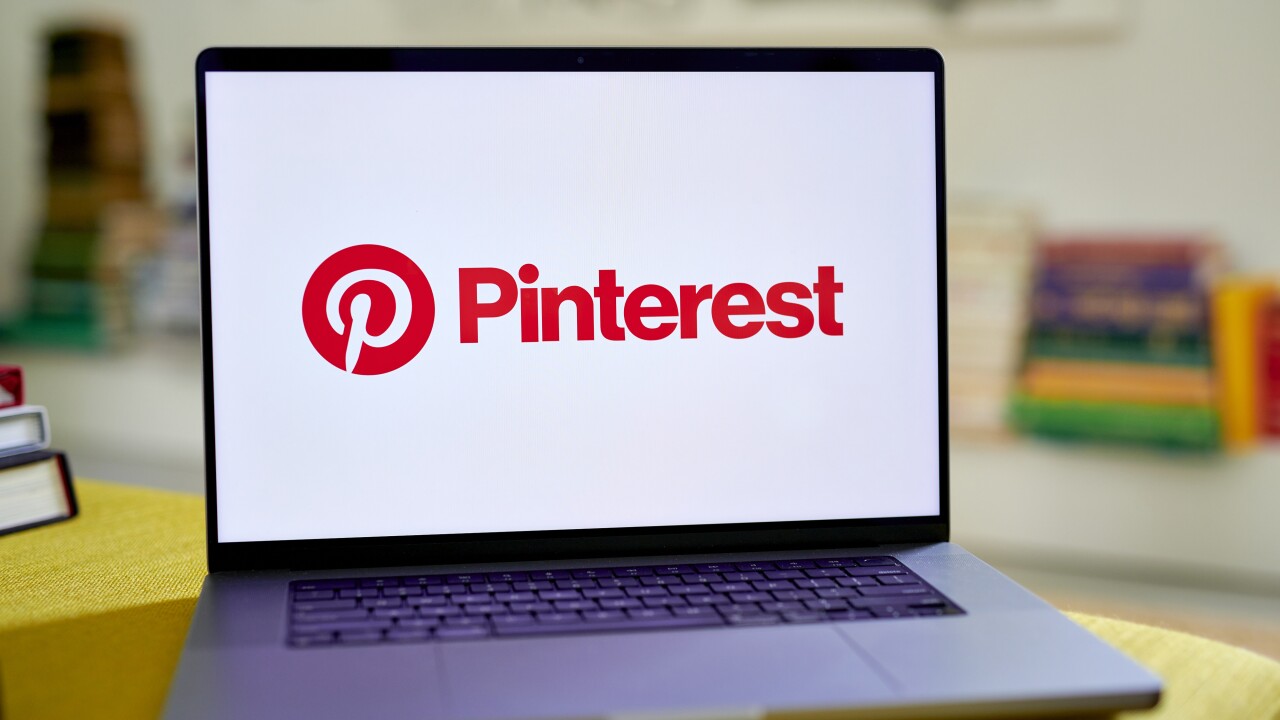Most employees know about the tax perks of enrolling in a
What is a Letter of Medical Necessity (LMN)?
A Letter of Medical Necessity is a note from your
The problem? Most employees either don't know LMNs exist or find the process of getting one too confusing or time-consuming.
Read more:
Making LMNs accessible
We knew we needed to make the LMN process less intimidating. So, we started by explaining to employees what an LMN is, how it works and what kinds of purchases it can unlock. Then we provided resources to help them obtain one — whether through their own physician or a third-party provider.
To simplify the process even further, we partnered with Truemed, a service that makes getting an LMN as easy as filling out a short health survey. Within minutes, eligible employees receive a doctor-reviewed LMN and can start using their FSA/HSA dollars on approved health purchases. We cover the cost of Truemed, but also offer downloadable LMN templates for employees who prefer to go through their own doctor.
Why LMNs matter — for employees and employers
Increasing awareness and access to LMNs turned out to be a game-changer. Here's why:
- Employee savings: LMNs help employees stretch their pre-tax dollars to cover products and services that support their actual health goals.
- Employer savings: Since FSA/HSA contributions are made pre-tax, every additional dollar employees set aside reduces both their income taxes and our payroll taxes.
- Improved well-being: Allowing employees to invest in preventative care — like personal training or nutrition programs — supports long-term health and reduces absenteeism.
Read more:
KCL has seen great results: In addition to a 36% increase in FSA participation, focusing on LMN education and streamlining access led to average contributions rising to 27%, employees saved an average of $120.00 per year, and employers saved the same per participant.
Tips for making LMNs work
If you're looking to expand your benefits offering without adding cost, here's what we recommend:
- Start with education: Most employees don't realize LMNs exist. A short info session or guide can make a big impact.
- Offer tools: Provide LMN templates or partner with a service like Truemed to eliminate the friction.
- Set expectations: Make it clear that eligibility depends on medical justification and review. Not every request will be approved — but many will be.
Read more:
A new frontier for benefits
Health and wellness benefits don't have to be complicated — or expensive. By helping employees understand and access LMNs, we've unlocked a smarter, more flexible way to use existing FSA/HSA plans. It's one of the simplest, highest-impact moves we've made in our benefits strategy — and it's paid off in spades.






